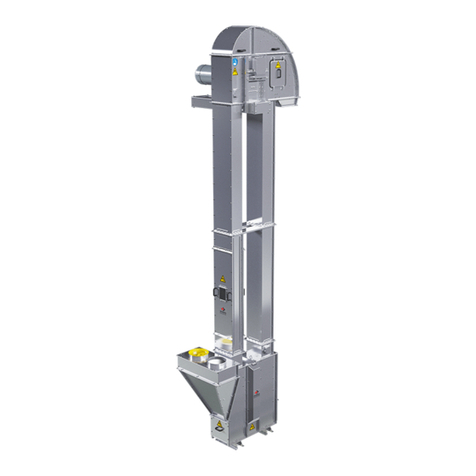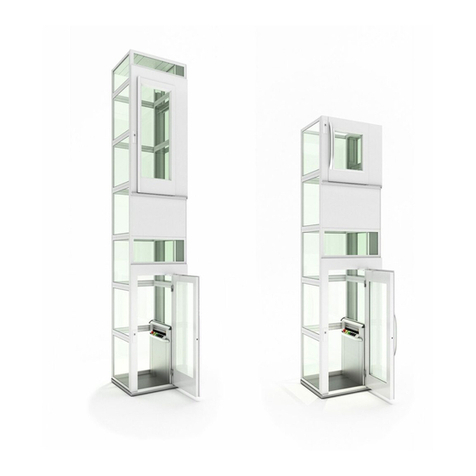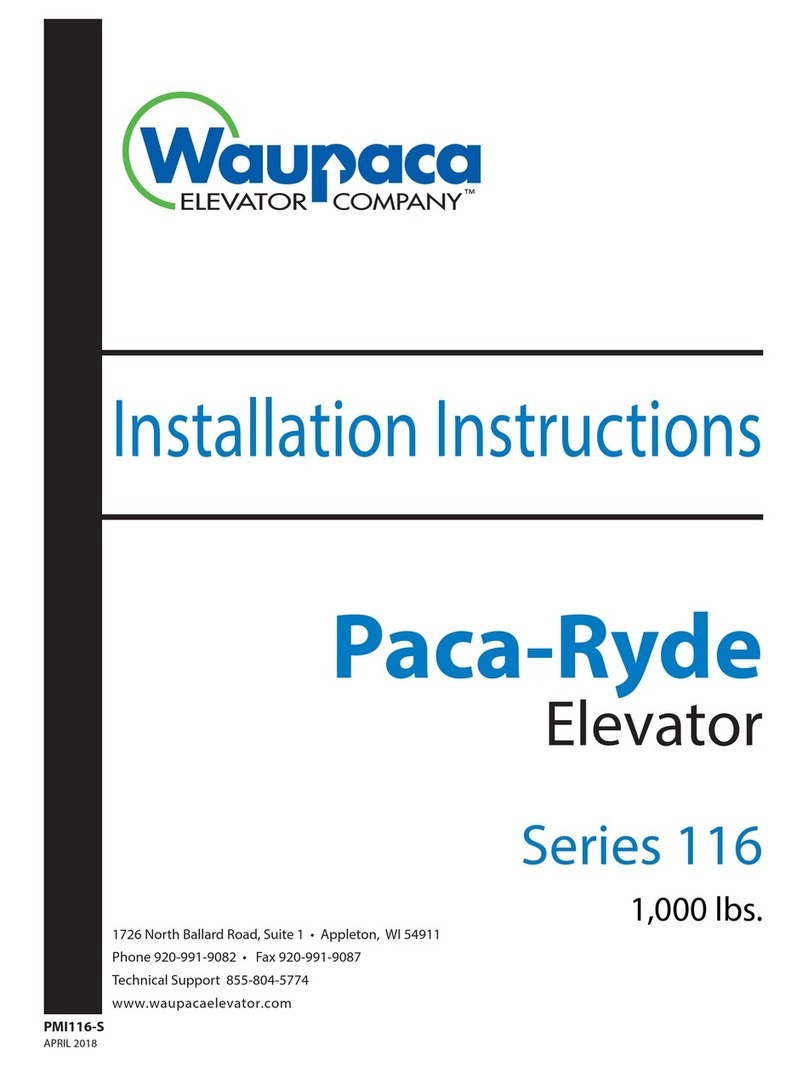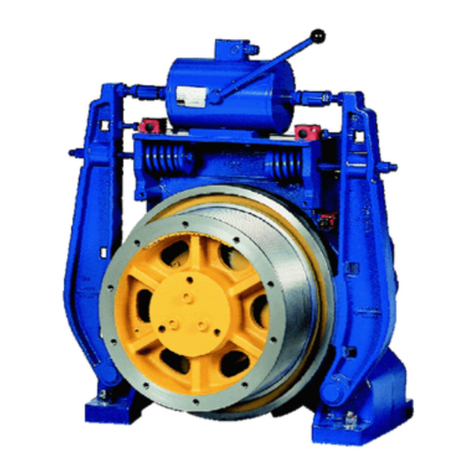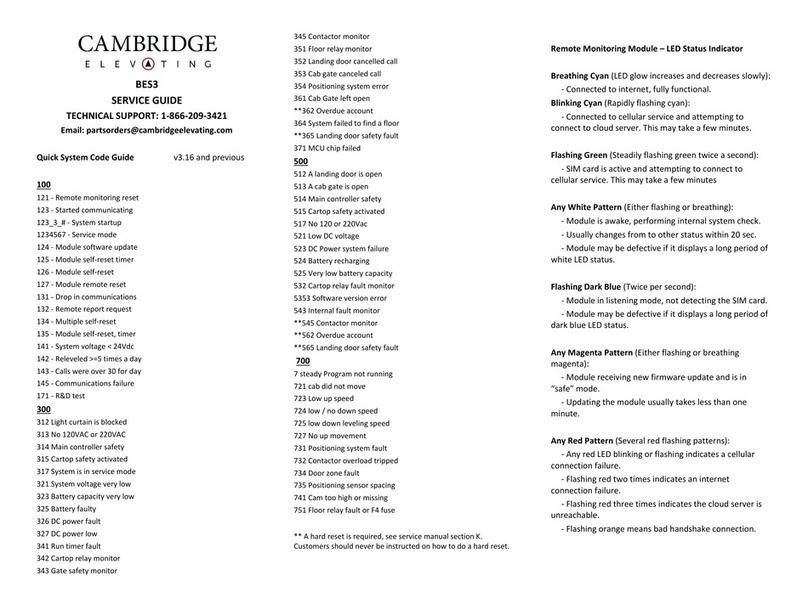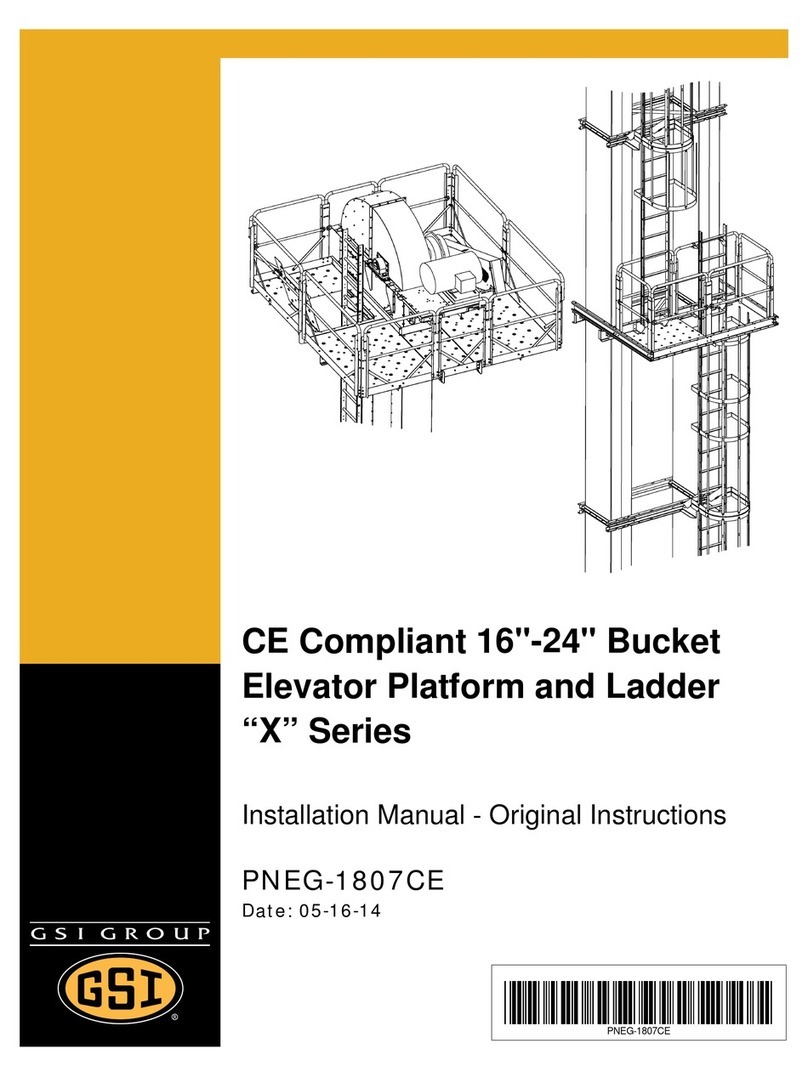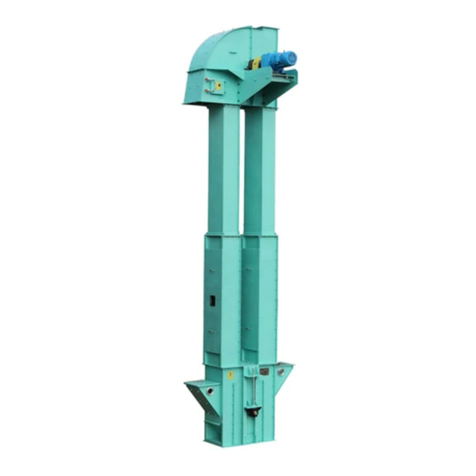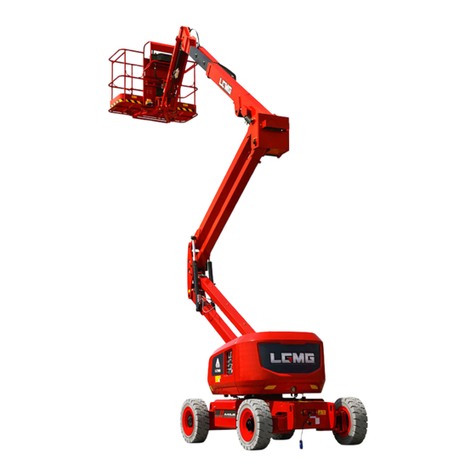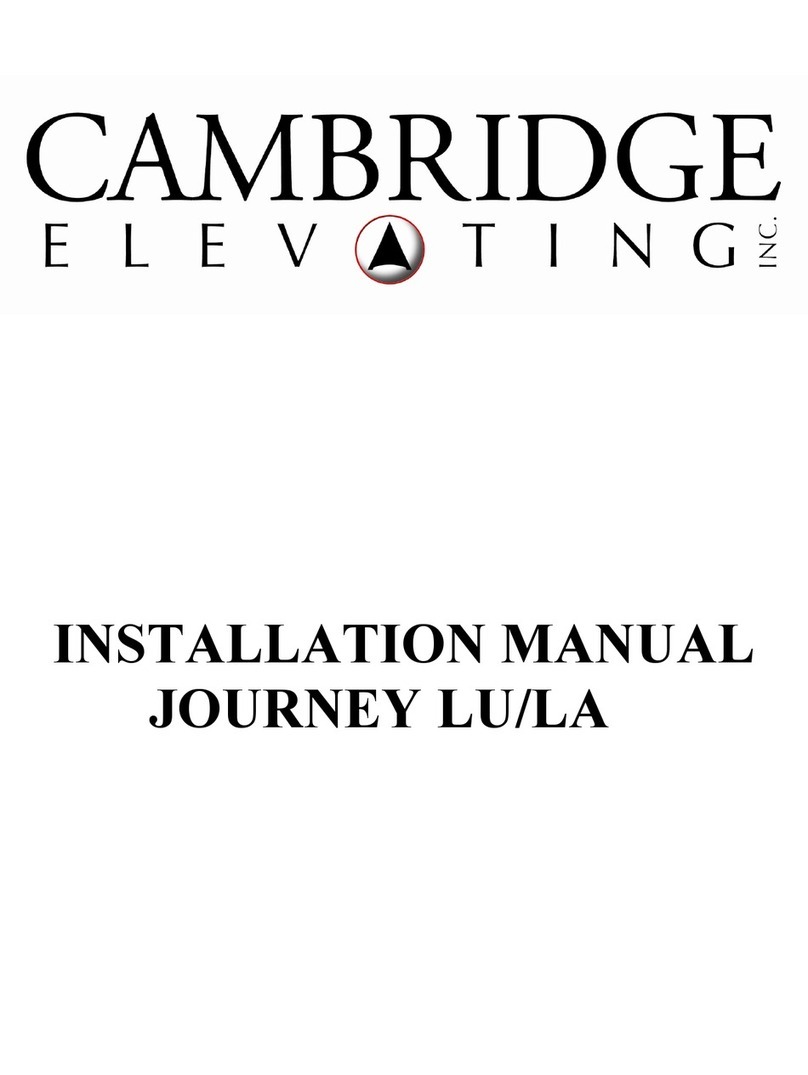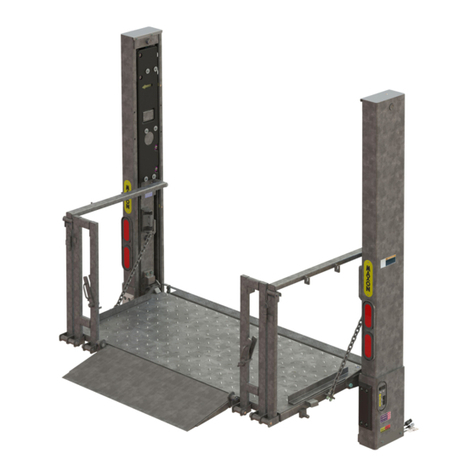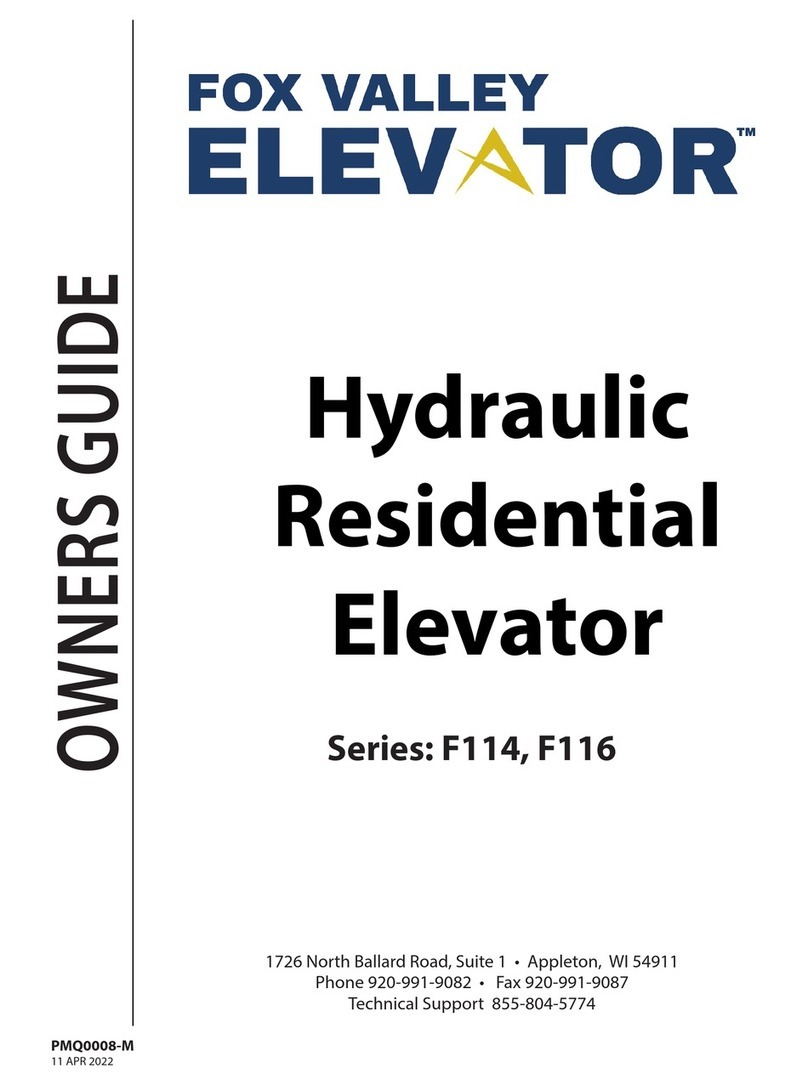
1 Introduction
1.1 Observations
This lift must only be used by trained people.
Additional copies are available from the manufacturer upon
request.
This manual must always be available to the personnel
responsible for the installation, maintenance and operation
of the service lift.
This manual, including, but not limited to, measurements,
procedures, components, descriptions, instructions,
recommendations and requirements, is subject to change
without prior notice. Please see the manuals section in the
Avanti Website for the latest revisions of the manuals.
Any additional cost relate to or arising from any changes in
the manuals does not entitle the customer to any form of
compensation or other legal remedies.
NOTICE
The pictures and diagrams in this manual may not
reflect the exact appearance, colors or layout of the
product. This has no impact on its functionality or
safety.
1.2 Symbols
DANGER
Immediate or possibly imminent danger. Risk of injury
if not observed: Death or severe injury.
WARNING
Potentially hazardous situation. Risk of injury if not
observed: Minor injury or material damage.
CAUTION
Hazardous situation which, if not avoided, could result
in minor or moderate injury.
NOTICE
Useful tips for optimum working procedure.
Possible injury if not observed: None.
1.3 Cautions
Personnel must be of legal age. Personnel must be
familiar with the relevant accident prevention instructions
and must have received appropriate occupational heath
and safety training.
The service lift must not be used by persons who are
under the influence of alcohol or drugs and who may
jeopardize working safety.
Personnel must wear PPE (safety helmet, full body
harness, shock absorber, lanyard and slider) at all times
and carry 2 way communication systems depending on
local regulation.
The service lift is designed for a useful life of 20 years with
an approximate use frequency of 12.5 h/year (250 h in
total).
Installation and maintenance of the service lift must only
be performed by certified technicians. The service lift
must be inspected by a certified technician before its first
use.
The service lift must be inspected at least once a year by
a certified technician. In case of high use frequency or
severe use conditions, more frequent inspections are
required.
If more than one person is entrusted with installation,
inspection or maintenance tasks, the employer must
appoint a supervisor in charge of the operation.
Use and daily inspection of the service lift must only be
performed by persons who have received the relevant
training associated with the use and daily inspection of
the Avanti service lift and who are in possession of a valid
(not expired) certificate for the task.
If any damage or faults are found during operation, or if
circumstances arise which may jeopardize safety:
interrupt the work in progress immediately and notify the
supervisor or employer.
The service lift must not be used in the event of a fire in the
tower.
The service lift must only be used when the turbine is not
generating power.
All wind farm regulations must be followed. The service lift
must not be used during severe weather, including wind
speeds over 25 m/s (55.5 mph).
If any supporting parts are repaired or replaced, the
operational safety of the system must be tested and
verified by a certified technician.
All test / repairs of electrical installations must only
be performed by a certified technician.
All repairs to the traction, braking and supporting systems
may only be performed by a certified technician.
3
